Oblate News
Friends of St. Eugene in Birmingham’s recent visit to the Arboretum Comemmorating the centenary of the ‘Armistice’

The Silence Began
“11am, the silence began, not in the battlefields of Flanders in November 1918, but several days after the hundredth anniversary of the end of the First World War. We, the Birmingham Friends of St. Eugene, were in the Millennium Chapel of Peace and Forgiveness at the National Memorial Arboretum on a chilly and windswept grey morning.
The Chapel had been full for sometime before eleven o’ clock and we listened to a recording of Jeremy Paxman, as he described the meaning behind the two minute silence, the Last Post and the Reveille. At 11am, those who could, echoes of Lourdes were asked to stand and remember all those who had died as the result of war and conflict. There followed an explanation as to how the Arboretum came into being and the role played by Leonard Cheshire and his wife Sue Ryder in the establishment of the project.
The land is flat and on the day we visited, wind swept, but your eyes are drawn to a mound, 6 metres high, inspired by the early British barrows or tumuli. At the top of the mound stands a structure made up of two cured walls and two straight ones faced with Portland stone panels – the Armed Forces Memorial. This records all those who have lost their lives in conflict or on training exercises since 1945 and is particularly important for many families and friends who have no grave to visit.
The most thought provoking aspect for some, are the panels, which, as yet, have no names, inscribed upon them. There are two bronze sculptures in the inner area and the photographs show some of the group standing by one of them. With echoes of Newgrange, there is a gap in the outer curved wall and the straight inner one, so that at 11o’clock on November 11th the sunlight will illuminate the central feature of this structure.
Leaving this area behind, we walked around some of the 350 monuments and memorials, for example the Royal Tank Regiment, with its model of a Mark 1V, one of the earliest tanks.
In one area, there is a very large map of Ireland showing all the Irish Regiments who have served since 1649. Kathleen and Noel are standing in the area they come from in the northwest, while Margaret pointed out the Royal Inniskilling Fusiliers, a regiment that was awarded eight Victoria Crosses in the First World War.
Moving on to the Polish Forces War Memorial, the series of plaques that surround the central feature act not only as a tribute to those who had died, but also as an educational aid for those who are not familiar with the role that the allied Polish Forces played during the years 1939 – 1945.
As can be clearly seen, Chris’s knowledge of the Irish language came into play, as she translated the central part of the Irish plaque in the Ambulance Remembrance Garden.
Perhaps one of the most thought provoking structures is to be found at the most easterly point of the Arboretum, the first place to be touched by the dawn light. It remembers the 306 soldiers who were shot at dawn, some of whom were under-age when they volunteered and many suffered from ‘shell shock’ or what we call today ‘Post Traumatic Stress Disorder’ (PTSD). There is an irony that close by there is a new monument designed by Sapper Support, it asks one to hold the hand of the statue, as Margaret is doing and remember those who have found PTSD and related mental illnesses too much to bear.
It is important to note that not all monuments and woodland areas are linked to the armed services. There is a quiet area by the river Tame dedicated to children, some stillborn and others who only survived for a short period of time. The Arboretum now encourages people to dedicate trees to family members as a way of celebrating their lives and it is noticeable how this is becoming more popular over the last ten years as this part of the National Forest continues to develop and thrive.
Having had a warming drink and a bite to eat, Kathleen probably summed up the day’s experience best by saying she would certainly return, as there were so many parts she would like to explore, but on a warm and sunny day.
Many thanks to Ray and Mary for coming up with the idea and for arranging the transport from St. Anne’s Church in Digbeth.
John Curtin
Friends of St. Eugene – Birmingham
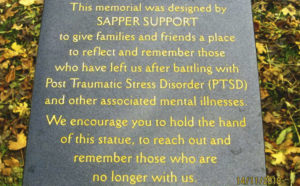
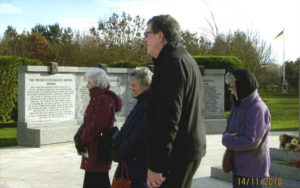

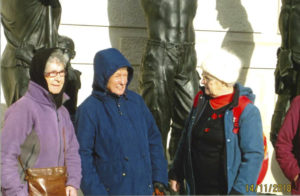
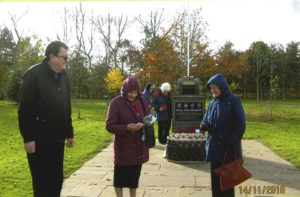
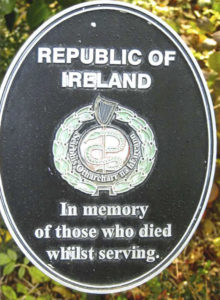
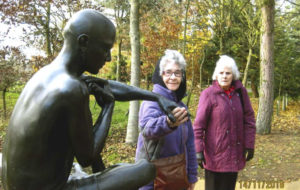
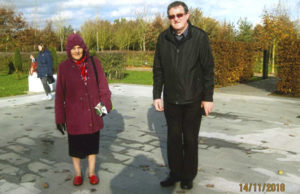
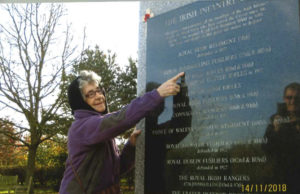
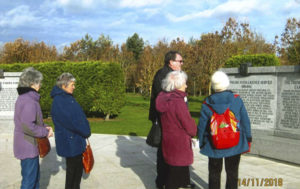

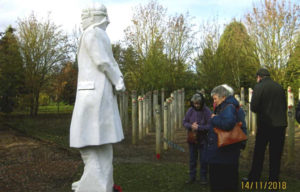
Recent news
The Oblate Family Morning Prayer: Wednesday 5th February 2025
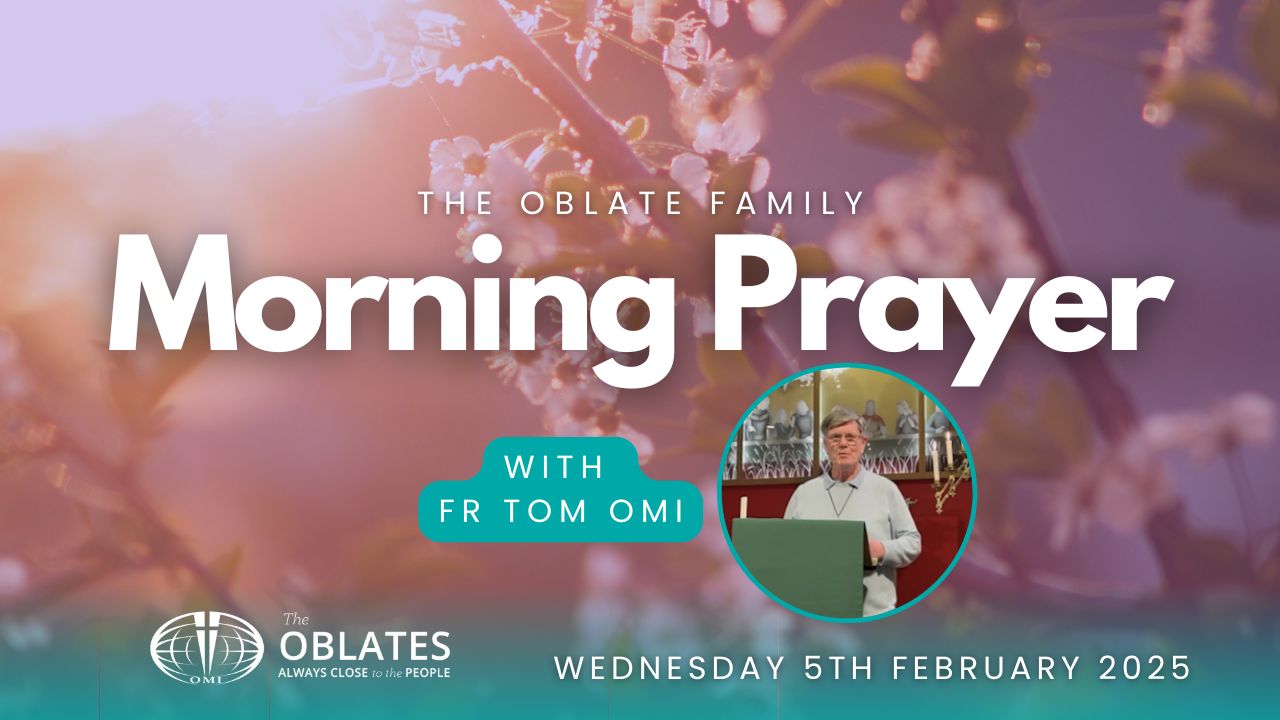
Good morning, dear friends. You are very welcome to our Oblate Family...
The Oblate Family Morning Prayer: Tuesday 4th February 2024
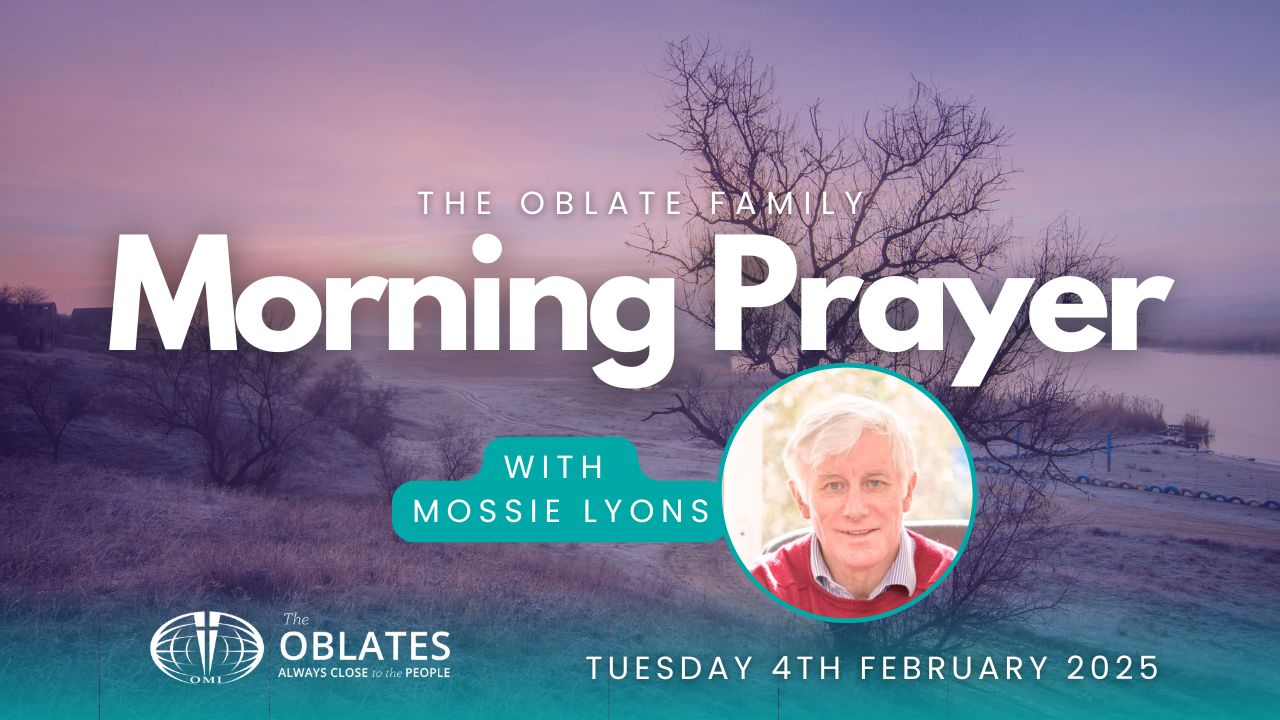
Good morning, dear friends. You are very welcome to our Oblate Family...
The Oblate Family Morning Prayer: Monday 3rd February 2025
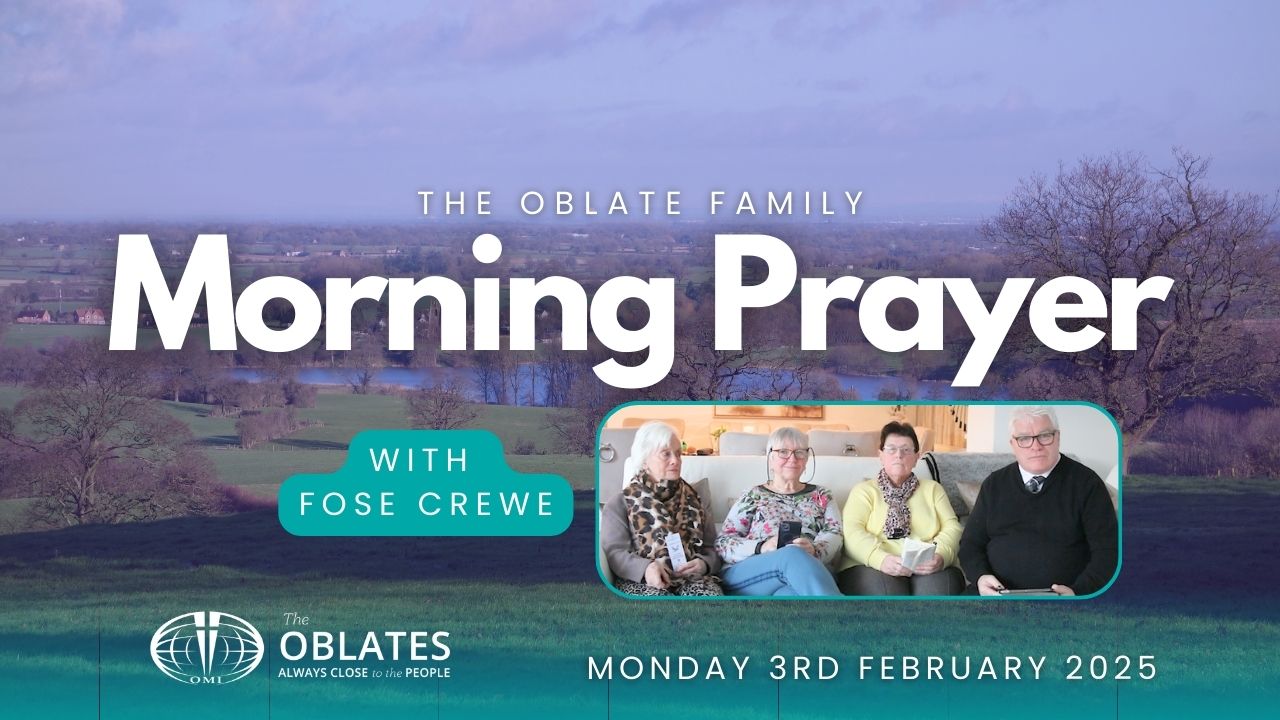
Good morning, dear friends. You are very welcome to our Oblate Family...

